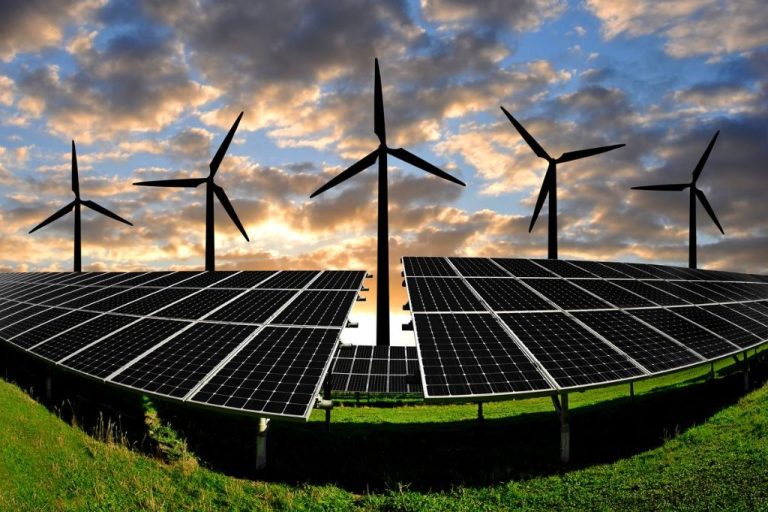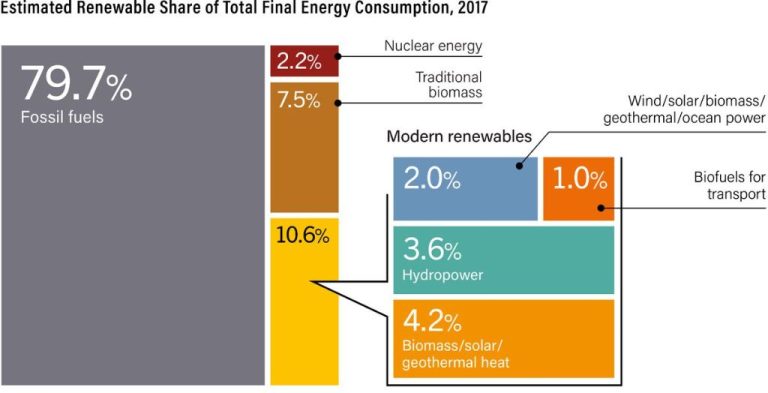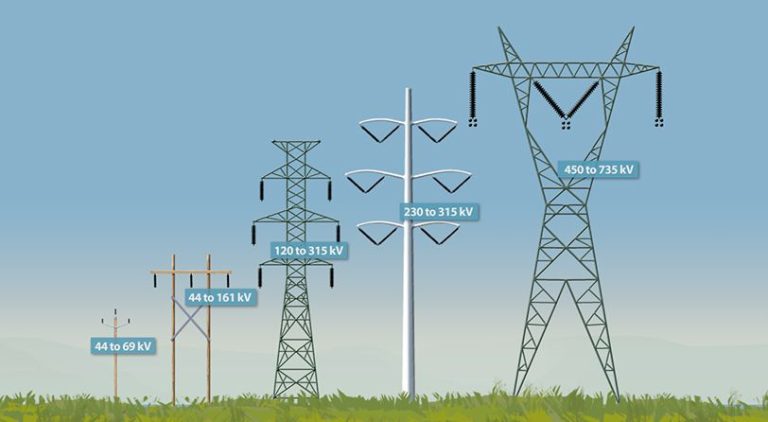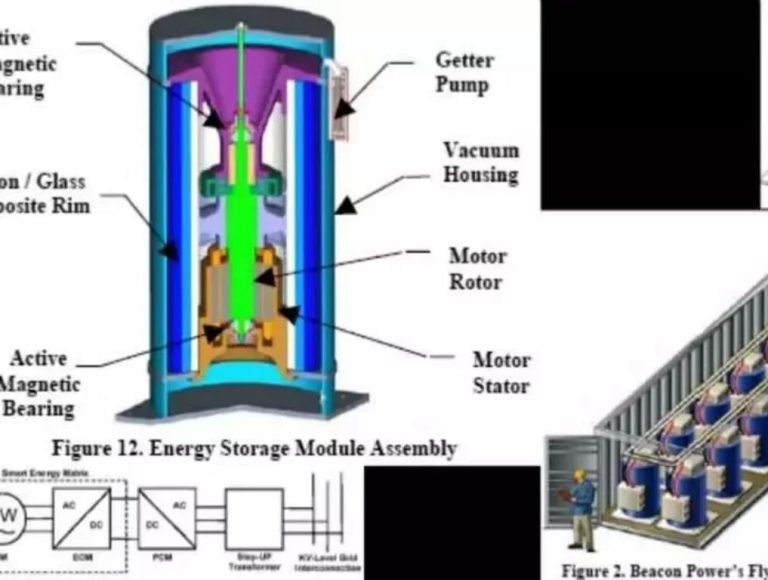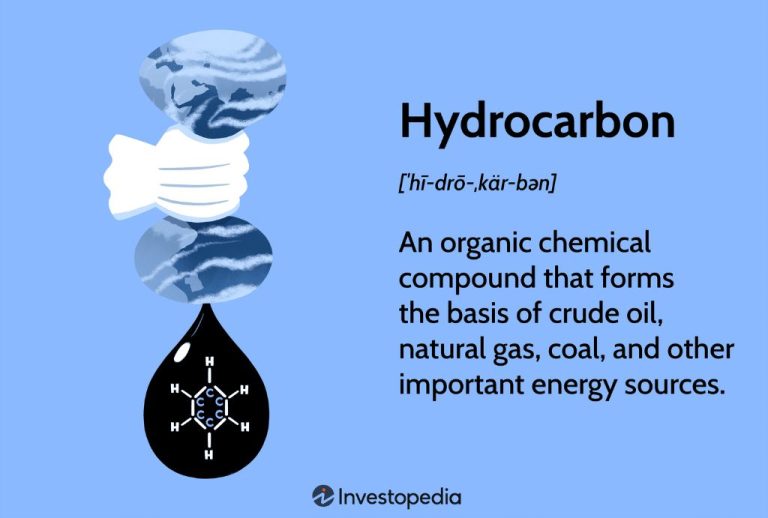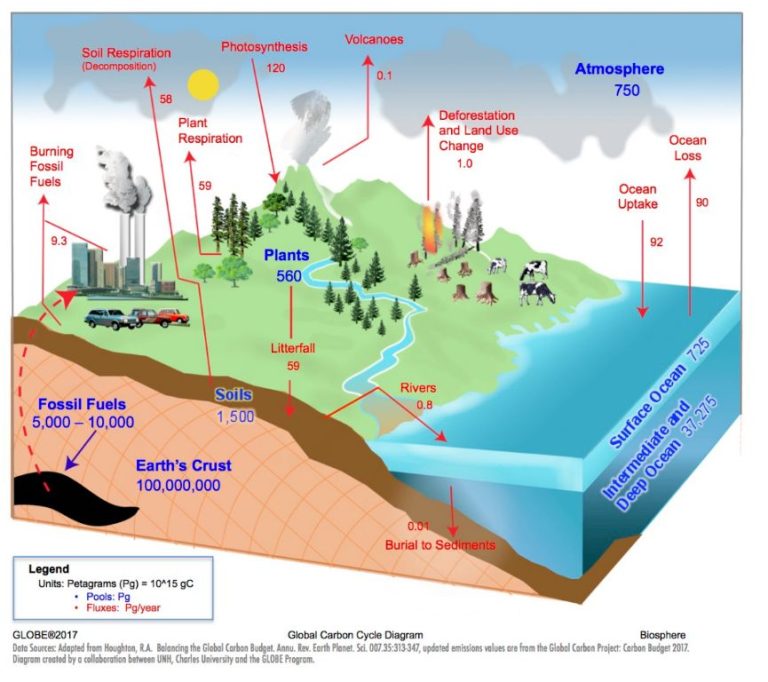Do Plants Convert Light Energy To Potential Energy?
Photosynthesis is the process by which plants, algae, and some bacteria convert sunlight into chemical energy that can be used by the organism. The goal of this article is to explain how plants are able to capture light energy from the sun and convert it into potential chemical energy through the process of photosynthesis.
How Plants Absorb Light Energy
Plants absorb light energy through special organelles called chloroplasts. Chloroplasts contain green pigments called chlorophyll which capture light energy. There are several types of chlorophyll, named chlorophyll a, chlorophyll b, chlorophyll c1, chlorophyll c2, and chlorophyll d. Chlorophyll a is the most abundant and is present in all photosynthetic plants and algae.
The chemical structure of chlorophyll molecules enables them to absorb certain wavelengths of visible light, particularly violet-blue and orange-red light. Green light is the least efficiently absorbed and is reflected, giving plants their green appearance. Accessory pigments like carotenoids absorb and pass along additional wavelengths of light to supplement chlorophyll. These pigments are arranged in clusters called photosystems within the chloroplasts to maximize light absorption.
Light Reactions Convert Light to Chemical Energy
The light reactions of photosynthesis convert light energy into chemical energy in the form of ATP and NADPH. This process takes place in the thylakoid membranes inside chloroplasts. When light is absorbed by chlorophyll and other photosynthetic pigments, it excites electrons which are then transferred through an electron transport chain. This electron flow results in a proton gradient forming across the thylakoid membrane. This proton gradient powers ATP synthase enzymes which produce ATP from ADP. The light reactions also produce NADPH through photosystem I and the electron carrier ferredoxin. Therefore, the end result of the light reactions is the energy from sunlight being converted and stored in the chemical bonds of ATP and NADPH. These energy carriers are then used in the dark reactions of photosynthesis to fix carbon dioxide into carbohydrates.
Dark Reactions Use ATP and NADPH to Fix Carbon
The Calvin cycle, also known as the dark reactions, takes place in the stroma of the chloroplast. This process uses the ATP and NADPH generated during the light reactions to fix CO2 from the atmosphere into carbohydrates. The dark reactions are called such because they do not directly require light to occur, although they utilize the products of the light reactions.
The Calvin cycle takes place in three stages: fixation, reduction, and regeneration. During fixation, CO2 from the atmosphere reacts with a 5-carbon acceptor molecule called RuBP. This forms an unstable 6-carbon intermediate that immediately splits into two 3-carbon molecules called 3-phosphoglycerate (3-PGA).
In the reduction stage, the ATP and NADPH from the light reactions provide the energy and electrons to convert 3-PGA into triose phosphate sugars – glyceraldehyde 3-phosphate (G3P). These 3-carbon sugars are the precursors to all carbohydrates produced by plants.
Finally, in the regeneration stage, most of the G3P is used to regenerate RuBP so the cycle can continue. However, one out of every six G3P molecules is removed from the cycle and combined to form larger carbohydrates like glucose and sucrose. These carbohydrates provide chemical potential energy that can be used by plants or consumers that eat the plants.
Through these three stages of the Calvin cycle, plants are able to utilize the ATP and NADPH from photosynthesis to fix inorganic CO2 into energy-rich organic carbohydrates. This allows plants to synthesize their own food source from simple molecules in the environment.
Carbohydrates Store Chemical Potential Energy
The end products of the Calvin cycle reactions are carbohydrates with energy stored in their molecular bonds. Glucose, a simple sugar, is the most common carbohydrate produced through photosynthesis. The sugar molecules contain energy that plants need for functions like growth and reproduction.
The bonds between the carbon, hydrogen and oxygen atoms in sugar contain chemical potential energy. When these bonds are broken during cellular respiration, energy is released. Plants can then use this energy to fuel biochemical reactions and biological processes. The creation of carbohydrates during the light-independent reactions provides a vital energy storage system for plants.
Plants Convert Light Energy to Chemical Potential Energy
Photosynthesis is the process by which plants absorb light energy from the sun and convert it into chemical energy stored in carbohydrates. This conversion occurs in two major stages: the light reactions and the dark reactions.
In the light reactions, which take place in the thylakoid membranes of chloroplasts, chlorophyll and other pigments absorb photons and excite electrons. These energized electrons are shuttled through an electron transport chain, which creates ATP and NADPH. ATP and NADPH provide chemical energy that will be used in the next stage.
In the dark reactions, which take place in the stroma of the chloroplasts, carbon from carbon dioxide is fixed using the ATP and NADPH produced in the light reactions. These dark reactions, also known as the Calvin cycle, assemble carbohydrates from carbon dioxide one carbon at a time. The end result is energy-rich carbohydrate molecules like glucose.
Through these two sets of reactions, plants are able to absorb the light energy from sunlight and convert it into chemical potential energy stored in the bonds of carbohydrate molecules. This stored chemical energy can later be used by the plant, or any organism that eats the plant, to power cellular metabolism and growth.
Importance of Photosynthesis
Photosynthesis is arguably the most important biochemical process on Earth. It is responsible for producing oxygen, generating nearly all of the food, and supplying the energy that sustains almost all life on our planet. Through photosynthesis, plants, algae, and certain types of bacteria convert sunlight, carbon dioxide, and water into oxygen and energy-rich carbohydrates like sugars and starches.
The carbohydrates produced through photosynthesis provide food for plants and are the fundamental energy source that sustains nearly all animals on Earth, including humans. When we eat plants, or animals that have fed on plants, we are ultimately obtaining the carbohydrates and energy that originated from photosynthesis. It is the only natural process capable of synthesizing organic compounds from inorganic carbon dioxide. Without photosynthesis, the carbon cycle could not function, and life as we know it could not exist.
In addition to producing oxygen, food, and energy, photosynthesis also removes carbon dioxide from the atmosphere and helps maintain balanced CO2 levels on our planet. It is one of the most important biological mechanisms for supporting life on Earth. The process of photosynthesis has changed our planet’s atmosphere over billions of years and made it habitable for complex organisms like humans.
Photosynthesis Efficiency
While photosynthesis is an incredibly important process that sustains life on Earth, it is actually not very efficient at converting solar energy into biomass. There are several factors that limit the efficiency of photosynthesis:
Absorption of Light – Plants can only absorb certain wavelengths of light, primarily in the blue and red regions. However, much of the radiation from the sun is composed of wavelengths that are not useful for photosynthesis. This means a large percentage of incoming solar energy cannot be utilized.
Light Saturation – There is a limit to how much light energy a plant can process at a time. Once the reactions are saturated with photons, any additional photons will simply go unused and be dissipated as heat. This limits the rate of photosynthesis.
Photorespiration – Under high temperatures, oxygen can bind to the enzyme RuBisCO, interfering with the Calvin cycle reactions. This leads to an energy-wasting process called photorespiration that decreases net photosynthesis.
Carbon Dioxide Levels – Since CO2 is the main carbon source for plants, limited CO2 availability can restrict the light reactions. Current CO2 levels are actually suboptimal for most plants. Elevated CO2 can increase photosynthetic rates.
Overall, even the most efficient plants only convert around 6% of incoming solar radiation into biomass energy. There are ongoing efforts to try to enhance natural photosynthesis and push this efficiency higher through genetic engineering and synthetic biology.
Alternatives to Natural Photosynthesis
Although plants are remarkably efficient at converting sunlight into chemical energy through natural photosynthesis, scientists continue researching artificial systems that can potentially improve on photosynthetic efficiency. Some promising technologies include:
Artificial photosynthesis uses photoelectrochemical cells with semiconductor materials like titanium dioxide to absorb light and split water molecules into oxygen and hydrogen fuel. This mimics the light reactions of natural photosynthesis but bypasses the need to fix CO2 into carbohydrates. Theoretical solar energy conversion efficiencies may reach over 30%.
Photobiological hydrogen production uses photosynthetic microorganisms like green algae and cyanobacteria to generate hydrogen gas. Genetic engineering of these organisms aims to redirect more fixed carbon and electrons towards hydrogen production rather than carbohydrate synthesis. This approachreached solar energy conversion efficiencies of 12%.
Photovoltaic panels with downstream electrochemical synthesis combine standard solar cells with electrolysis units for splitting water into hydrogen and oxygen. This hybrid system decouples the light absorption and fuel generation steps. Using high-efficiency multi-junction solar cells could theoretically boost the end-to-end solar conversion efficiency to over 50%.
While natural photosynthesis in plants has evolved remarkable light harvesting and energy fixation capabilities, artificial systems open up new possibilities to tune, enhance, and modify the solar energy conversion process for optimal hydrogen fuel production. Continued research and development may enable hyper-efficient artificial photosynthesis in the future.
Conclusion
In summary, plants have the remarkable ability to convert light energy from the sun into chemical potential energy via the process of photosynthesis. During photosynthesis, plants use sunlight, carbon dioxide, and water to produce carbohydrates like glucose and starch. These carbohydrates store the energy absorbed from sunlight in their chemical bonds.
The conversion of light energy to chemical energy by plants takes place in two main stages. The first stage, called the light reactions, occurs in the thylakoid membranes of the chloroplasts. This is where chlorophyll absorbs photons of light and converts them into ATP and NADPH. The second stage, called the dark reactions or the Calvin cycle, takes place in the stroma of the chloroplasts. Here, ATP and NADPH are used to power the fixation of carbon from CO2 into carbohydrates.
Photosynthesis provides the energy needed by plants for growth and reproduction. It also provides the energy that sustains almost all life on Earth, since plants form the base of most food chains. By harnessing the amazing power of sunlight, plants supply the potential chemical energy that makes life possible.

